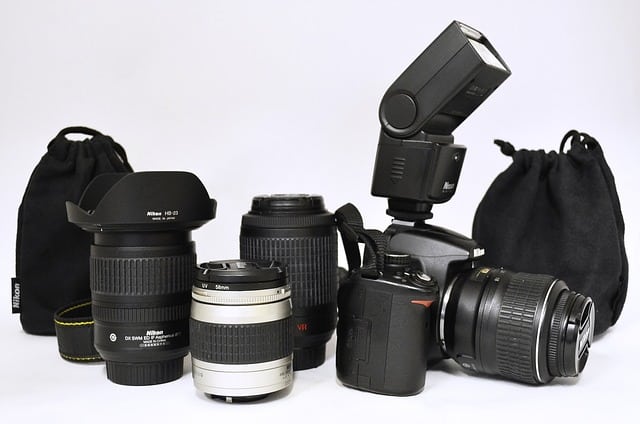In the ever-evolving world of photography, the shift towards mirrorless cameras has been nothing short of revolutionary. These compact and versatile devices offer a lightweight alternative to traditional DSLRs without compromising image quality. However, the true magic lies in selecting the right lens for your mirrorless camera, as it can significantly impact your photographic experience. In this guide, we will delve into the key factors to consider when choosing a lens for your mirrorless camera, helping you make an informed decision that aligns with your creative vision.
Understand Your Photographic Needs:
Before delving into the technicalities, it’s crucial to assess your photographic requirements. Are you into portrait photography, landscapes, macro, or a bit of everything? Identifying your primary interests will guide your lens selection and ensure that you invest in glass that complements your shooting style.
Know Your Camera’s Mount:
Mirrorless cameras come with different mounts, depending on the manufacturer. Understanding your camera’s mount is essential, as it dictates the lenses that are compatible with your device. Common mounts include Sony E-mount, Canon RF mount, Nikon Z mount, and Micro Four Thirds. Make sure to choose lenses that are specifically designed for your camera’s mount to ensure proper functionality.
Consider the Lens Focal Length:
The focal length of a lens plays a pivotal role in determining its field of view and suitability for various types of photography. Wide-angle lenses (24mm and below) are ideal for landscapes, architecture, and astrophotography. Standard lenses (35mm to 85mm) are versatile and work well for everyday shooting. Telephoto lenses (85mm and above) are excellent for portraits, wildlife, and sports photography. Select a focal length that aligns with your preferred genre.
Aperture: A Window to Creativity:
The aperture of a lens, measured in f-stops, determines the amount of light entering the camera and influences the depth of field. A lower f-stop (e.g., f/1.4) allows more light and creates a shallow depth of field, perfect for portraits and low-light situations. On the other hand, a higher f-stop (e.g., f/8) is suitable for landscapes, ensuring a broader depth of field. Consider your shooting conditions and creative preferences when choosing the aperture of your lens.
Image Stabilization:
Image stabilization (IS) is a valuable feature that helps counteract camera shake, resulting in sharper images, especially in low-light conditions or when using telephoto lenses. Some mirrorless cameras have in-body image stabilization (IBIS), while certain lenses also come equipped with optical image stabilization (OIS). When shooting handheld or in challenging lighting scenarios, opting for a lens with image stabilization can significantly enhance your photography.
Size and Weight:
One of the primary advantages of mirrorless cameras is their compact and lightweight design. However, the choice of lens can impact the overall size and weight of your camera setup. If portability is a priority, consider smaller prime lenses or compact zoom lenses. On the other hand, if you prioritize optical performance and are willing to carry additional weight, larger professional lenses may be more suitable.
Budget Considerations:
While it’s tempting to invest in top-of-the-line lenses, it’s crucial to set a realistic budget based on your needs and financial constraints. Fortunately, many manufacturers offer a range of lenses catering to different price points. Prioritize the features that matter most to you and strike a balance between performance and cost.
Conclusion:
Choosing the right lens for your mirrorless camera is a journey that involves understanding your photographic needs, considering technical specifications, and staying within your budget. By taking the time to evaluate these factors, you’ll be equipped to make an informed decision that enhances your creativity and elevates your photography to new heights. Whether you’re a seasoned professional or an enthusiastic beginner, the perfect lens for your mirrorless camera awaits, ready to capture the beauty of the world through your unique perspective.
FAQs
a. What’s the significance of lens focal length?
The focal length determines a lens’s field of view, influencing composition and suitability for different photography genres.
b. Why does aperture matter in lens selection?
Aperture (f-stop) impacts light intake and depth of field, crucial for creative control in various lighting conditions.
c. Is image stabilization essential in a lens?
Image stabilization counters camera shake, ensuring sharper images—especially beneficial in low light or when using telephoto lenses.
d. How does the camera’s mount affect lens compatibility?
The camera’s mount dictates which lenses are compatible. Ensure your lens matches the camera’s mount for proper functionality.
e. What role do lens size and weight play?
Lens size and weight impact the portability of your camera setup. Consider your priorities, whether it’s compactness or optical performance.

